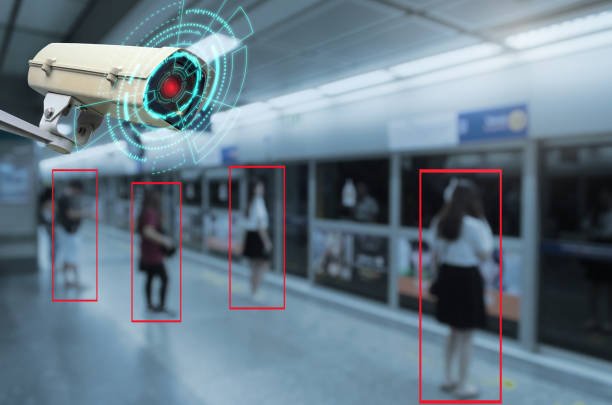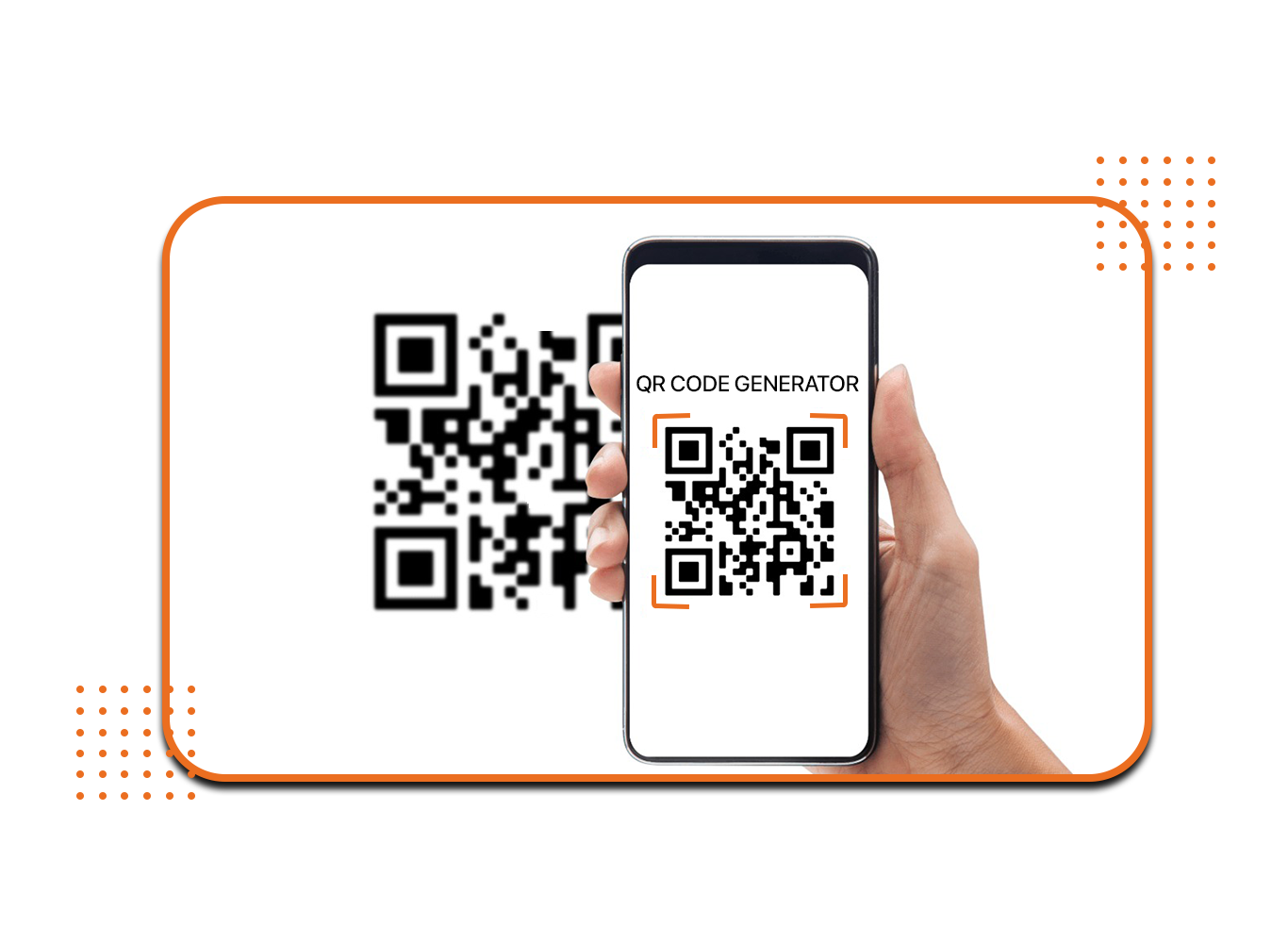Introduction to Liveness Detection
Liveness detection is part of the biometric security system where it is realized that the biometric features presented are indeed of a living human being and not a replica, photograph, or artificial model. In such a way, this technology is necessary to protect the biometric authentication system from spoofing attacks whereby fraudsters create security mechanisms to believe fake biometric data.
Utility of Biometric Liveness Detection
Biometrics is increasingly gaining application in authenticating personal device security, money transactions, as well as safeguarding sensitive data. Without biometric liveness detection, attacks on such a system can result from using resolution images, artificial masks, and even recorded video clips. By including liveness detection, therefore, it renders it much tougher for attackers to circumvent their biometric checking.
How Liveness Detection Works
Liveness Detection works based on the characteristics or behaviors that are hard to replicate with fake materials. It can check physiological signs such as blinking, facial movements, skin texture, or blood flow. Advanced systems use machine learning algorithms to differentiate between genuine and spoofed biometrics, enhancing detection accuracy.
Types of Liveness Detection Techniques
Liveness detection can be broadly categorized into two types: passive and active.
Passive Liveness Detection
This algorithm is run in the background without requiring any user interaction. It examines biometric data for minor signs of life in terms of skin texture, reflection patterns, and micro-movements. This prevents it from interfering with the authentication process and makes its user experience easy.
Active Liveness Detection:
In active liveness detection, some activities have to be performed by the user like blinking, smiling, head-turning, or pursuit of some on-screen prompt. Such interaction makes the system realize that it is interacting with a live entity rather than some static images or masks.
General Spoofing Attacks on Biometric Systems
This is in fact where most common spoofing attacks can be understood which would bring in the concept of liveness detection:
Presentation Attack: Photo or video of somebody, even using masks.
Replay Attack: Playing back video or audio files that simulate an actual user
3D Mask Attack: Creating a life-like 3D mask that exactly replicates another’s face shape.
Liveness Detection in Various Biometric Modes
Liveness detection is typically used in these biometric authentication types:
Face Recognition
Face Recognition liveness detection uses techniques like depth sensing, texture analysis, and challenge-response tests to detect spoofing attempts. Video liveness detection can assess facial expressions and natural movements in real time.
Fingerprint Scanning
Liveness detection in fingerprint scanners checks for signs such as skin conductivity, temperature, and the activity of sweat glands to verify that it is a fingerprint from a living person.
Iris RecognitionIris
Identification methods use pupil dilation response, reflection analysis, and texture patterns to determine whether irises are real or artificial imitations.
Voice Authentication
Voice liveness analysis scans for concerns like vibration of the vocal cord, speech dynamics, and consistency of background noises to prevent attacks by using pre-recorded voices.
Problems in Liveness Detection Implementation
But despite its successiveness, liveness detection also faces major challenges.
False Positives/Negatives: Balance security with convenience to avoid too many authentication failures.
Hardware Limitations: In some liveness detection techniques, specialized hardware is required. It increases costs.
Adaptation to New Threats: One must constantly evolve against the latest spoofing techniques.
Conclusion: The Role of Liveness Detection in Digital Identity Security
Liveness detection is a constant component of current biometric security, countering continuously sophisticated spoofing attacks. It is by no means static, though it evolves to continue staying ahead of emerging challenges, therefore ensuring reliability and integrity in biometric authentication systems, as well as the security of digital identities within this hyper-connected world.



